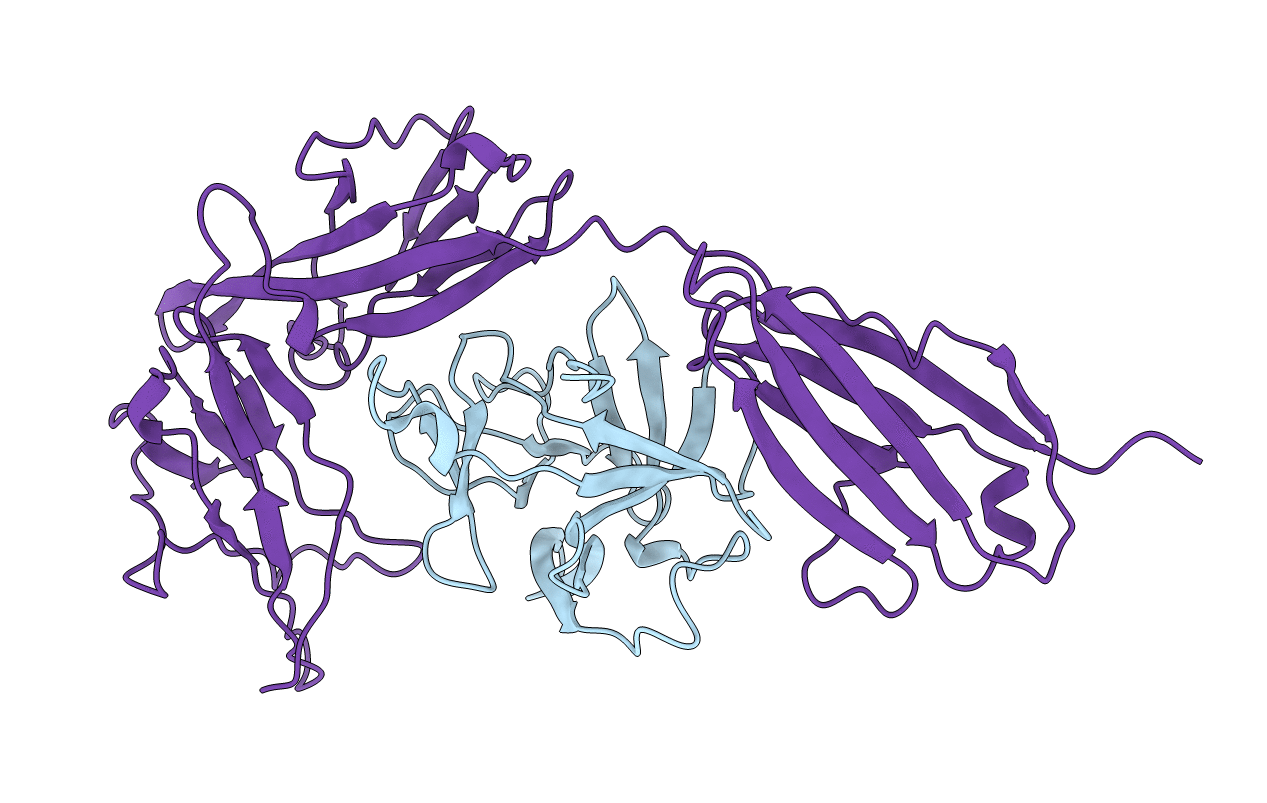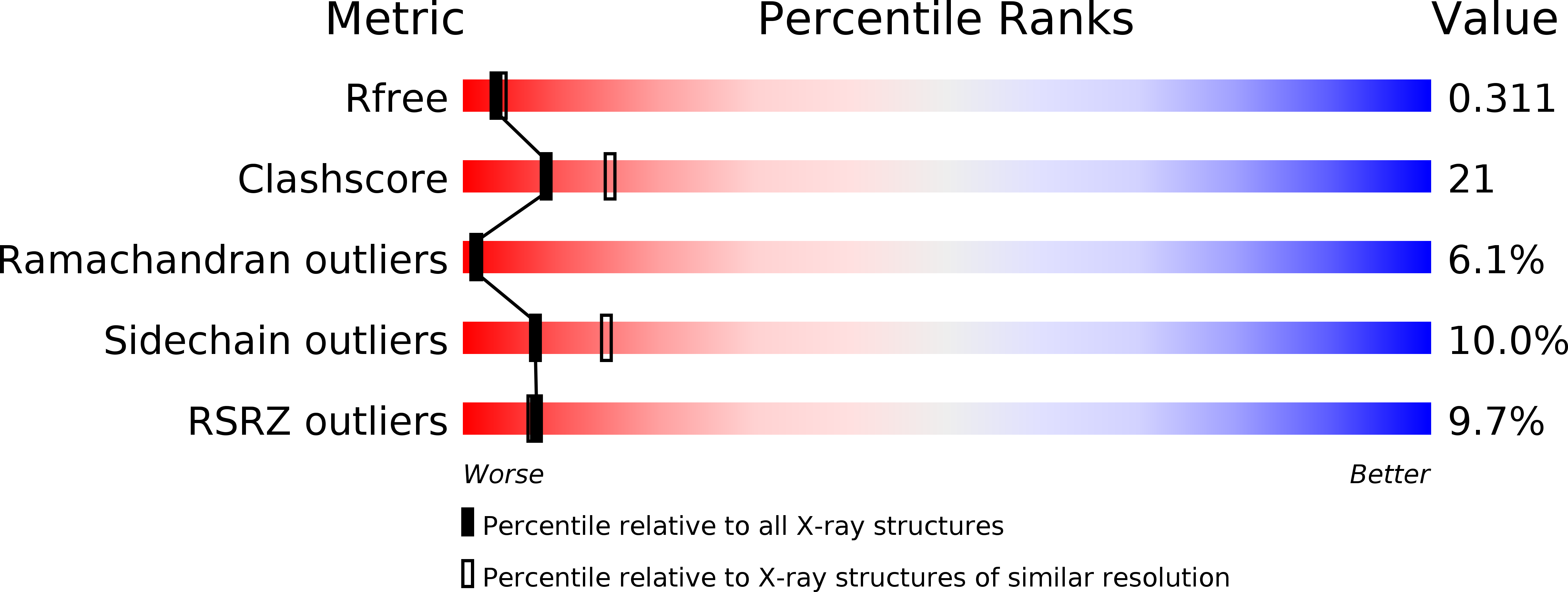
Deposition Date
1997-01-15
Release Date
1998-02-04
Last Version Date
2024-10-23
Entry Detail
PDB ID:
1ITB
Keywords:
Title:
TYPE-1 INTERLEUKIN-1 RECEPTOR COMPLEXED WITH INTERLEUKIN-1 BETA
Biological Source:
Source Organism:
Homo sapiens (Taxon ID: 9606)
Host Organism:
Method Details:
Experimental Method:
Resolution:
2.50 Å
R-Value Free:
0.32
R-Value Work:
0.22
R-Value Observed:
0.22
Space Group:
C 1 2 1


